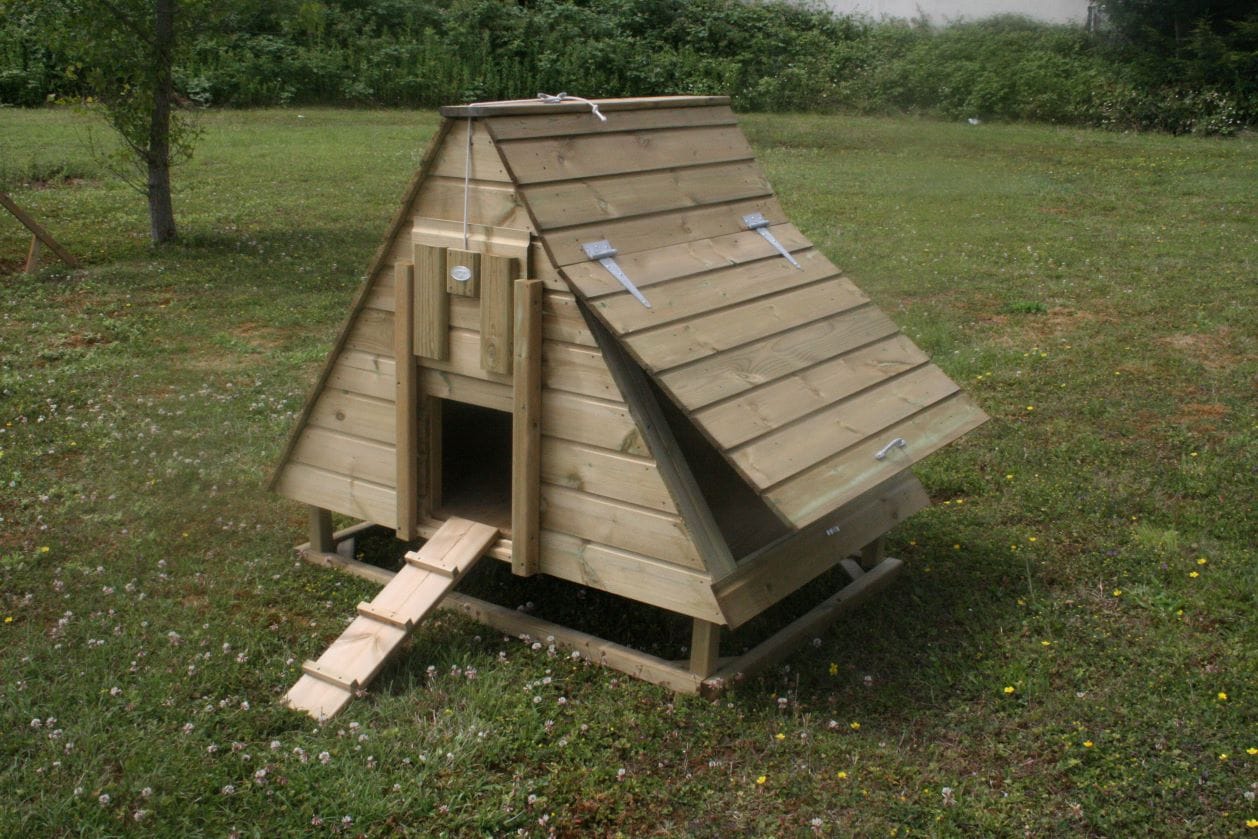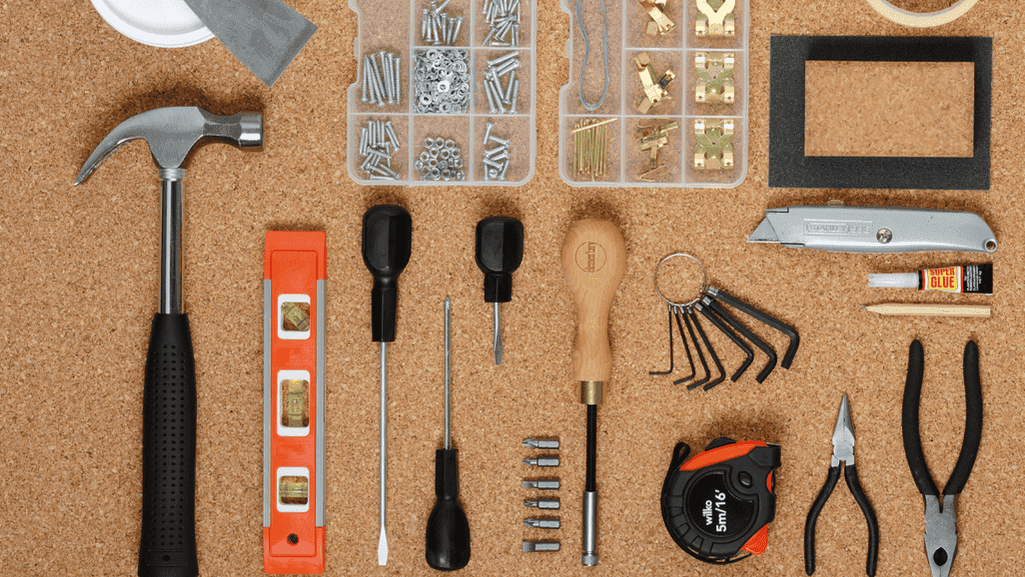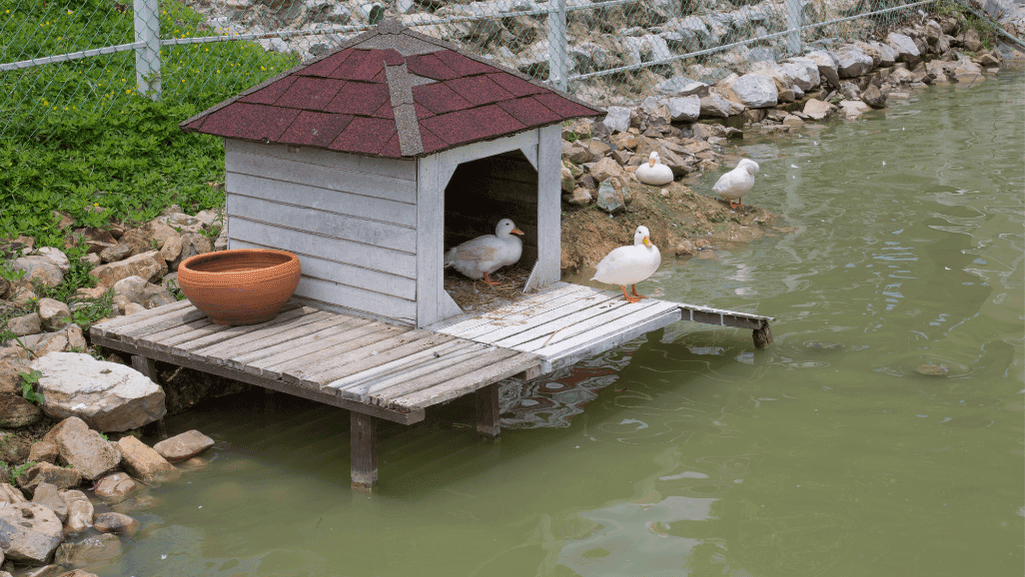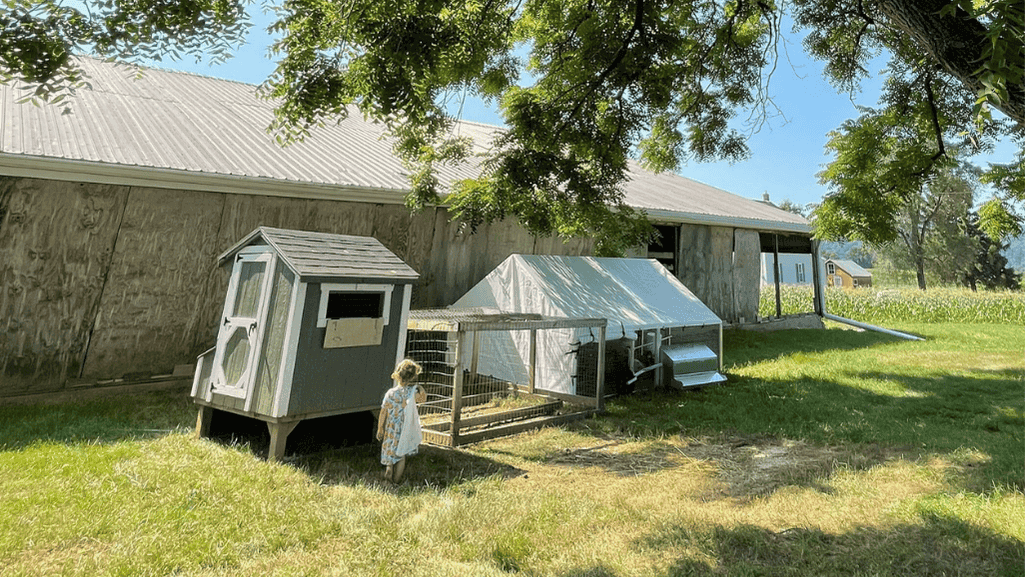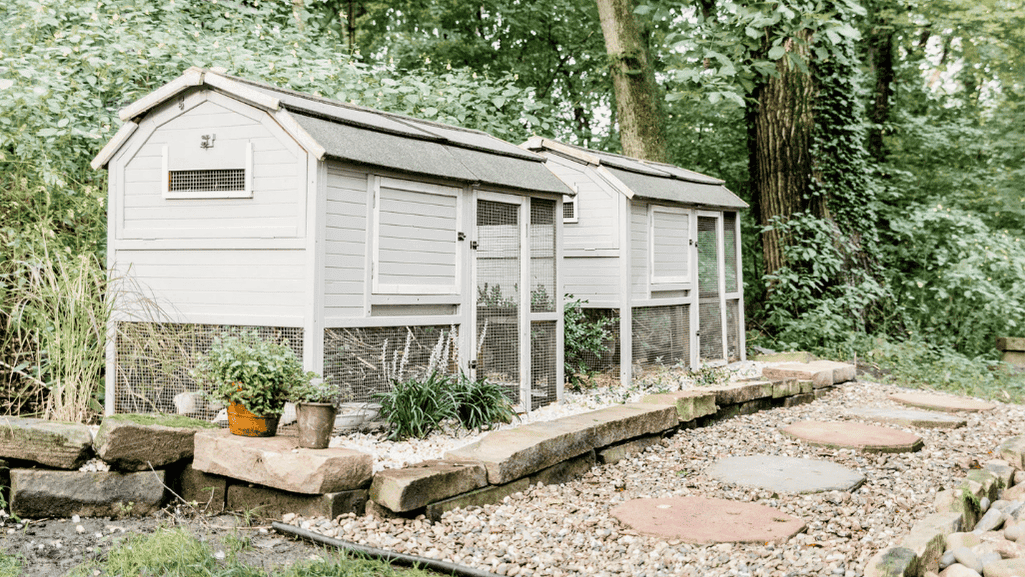Building a cozy home for your ducks is key to their happiness. An A-frame duck house is a great pick for many, as it offers lots of room for the birds and is easy to build. It’s important to have a clear plan, including the size, materials, and a step-by-step guide.
The author of the A-frame duck house building guide suggests a size of about 3’x4′ at the base and 5′ tall. This size ensures the ducks have enough room to move and sleep. Ducks need at least 4 square feet of floor space each.
Think about how many ducks you want to house when planning. This will affect the size and design of your duck house. Also, remember that ducks can be messy, so using vinyl flooring can help with cleaning and prevent wood rot. Good ventilation is also key to keep the house dry, as ducks are wet animals.
Key Takeaways
- Plan your duck house dimensions based on the number of ducks you intend to shelter, allowing at least 4 square feet of floor space per duck.
- Use durable, moisture-resistant materials like cedar and vinyl flooring to ensure the longevity of the structure and ease of cleaning.
- Incorporate proper ventilation to allow moisture to escape, as ducks are known for being wet animals.
- Consider the ducks’ behavior and preferences when designing the house, such as their preference for sleeping on the ground and the need for a wide entrance to accommodate their bodies.
- Follow a step-by-step guide and gather all necessary materials before starting the construction process to ensure a smooth and efficient build.
Understanding the Benefits of an A Frame Duck House
An A-frame duck house is great for keeping your ducks safe and happy. These designs are efficient and easy to manage. They make caring for your ducks a breeze.
Provides Shelter and Safety
One key benefit is the protection from predators and bad weather. A well-made A-frame duck house keeps your ducks dry and warm. It also stops moisture from building up.
Ducklings need it warm at first, but the temperature should drop as they grow. A duck house helps keep the right temperature for your ducks.
Optimizes Space for Ducks
An A-frame duck house uses space well. It lets ducks lie down comfortably without needing bars or levels. This is perfect for small yards.
Make sure your duck house has enough space. Aim for 4 to 6 square feet per duck at night. This keeps them healthy and happy.
Easy to Construct and Manage
Building an A-frame duck house is simple. It’s great for beginners and experts alike. You just need basic carpentry skills and some materials.
Use durable materials like pressure-treated lumber or cedar for the frame. Plywood works well for the sides, floor, and roof. Add foam mats and straw or pine shavings for comfort.
Cleaning and upkeep are easy with an A-frame design. Its small size and simple layout make maintenance a breeze.
Essential Materials A Frame Duck House Plans
Building an A-frame duck house needs the right duck house materials. Choose durable lumber like cedar or pressure-treated wood. These materials protect your ducks from the weather.
For the base, use 4″x4″ timbers for the corners. Plywood or OSB is good for walls and floors. A poultry net electric fence, like Premier One, is great for a secure yard.
Wood Selection: Types and Sizing
Here are some wood options for your duck house:
- Cedar: It’s rot-resistant and keeps bugs away.
- Pressure-treated lumber: It fights decay and bugs.
- Plywood or OSB: They’re affordable and work well for walls and floors.
Tools Required for Building
Here’s what you need to build your A-frame duck house:
- Circular saw: For cutting wood.
- Drill: For holes and screws.
- Hammer: For nailing and building.
- Measuring tape and level: For accurate and straight building.
A good toolset, like the Ryobi set from 2007, makes building easier.
Optional Features to Enhance the House
Adding these features makes your duck house better:
- Vinyl flooring or linoleum: Keeps the floor clean and dry.
- Wide ramp with traction strips: Helps ducks get in and out safely.
- Removable nesting boxes: They’re not needed but can be useful.
With the right materials and tools, and some extra features, you can make a cozy A-frame duck house. Your ducks will thank you.
Step-by-Step Guide to Building an A Frame Duck House
Building an A-frame duck house is a fun project. It gives your ducks a cozy and safe place to live. With the right materials and planning, you can make a strong and useful house. Here’s a guide to help you build an a frame duck house.
Planning and Design Phase
Start by making a detailed plan for your duck house. Aim for about 4 square feet per duck, with a height of 2-3 feet. For 4 ducks, a 4×4 foot house is a good size. You’ll need pressure-treated lumber, plywood, and roofing materials like corrugated metal or asphalt shingles.
Constructing the Frame
Start building the A-frame with the lumber you’ve chosen. Make sure the angles are right and the frame is strong. Use 2×2 lumber for extra support at the corners. When you add sheathing and roofing, remember to keep it well-ventilated and weatherproof.
Adding a slanted roof helps keep rainwater away. An overhang also keeps the house cool by providing shade.
Adding Roofing and Nesting Boxes
Install hinged side roofs for easy cleaning and egg collection. Choose vinyl or linoleum for the floor to make cleaning easy and keep it water-resistant. Add nesting boxes with fresh bedding for your ducks to lay eggs.
Good ventilation is key to keep the air fresh and prevent moisture. Make sure windows have hardware cloth to let air in while keeping predators out.
Use the right fasteners and techniques to make your duck house last. By following these steps and making seasonal changes, like adding insulation in winter, you’ll give your ducks a safe and welcoming home.
Best Practices for Duck House Maintenance
Keeping your duck house clean and working well is key for your ducks’ health and happiness. I’ve raised ducks for over a decade and know how important regular maintenance is. This includes cleaning, making seasonal changes, and fixing or updating the house.
Start by setting up a cleaning schedule. This means taking out dirty bedding, cleaning the floor, and disinfecting when needed. Our “Waddle Inn” duck coop is big, over 60 square feet. It’s perfect for more ducks and ducklings, and even bigger breeds. Keeping it clean is vital to stop disease and keep your ducks healthy.
Seasonal Adjustments to the House
As the seasons change, you need to adjust your duck house to keep your ducks comfy. In cold weather, add more bedding to keep them warm. In hot weather, open windows to keep them cool and the air fresh. Tyrant Farms says think about size, location, looks, function, and safety when planning for the seasons.
Repairs and Modifications
Check your duck house often for repairs or updates. Look for leaks, broken parts, or spots that need fixing. Fixing these problems quickly keeps your ducks safe and your house in good shape. Repairing duck shelter is a big job, but with care, your house will be a happy home for your ducks for a long time.
“Regular maintenance of nesting boxes involving annual cleaning after the nesting season or in winter is critical to prevent parasites and diseases, ensuring a safe nesting area.”
Don’t forget to make changes to your duck house as your flock grows or your needs change. Ducks New World recommends adding doors or partitions to keep drakes and female ducks separate. Also, house smaller ducklings apart and introduce new ducks carefully.
By following these maintenance tips, you’ll make a safe, comfy, and healthy home for your ducks to enjoy.
Integrating the Duck House into Your Backyard
When adding an A-frame duck house to your backyard, think about where to place it. The best spot balances sun and shade. A good example is a backyard with a 6′ tall fence and trees. This setup kept ducks safe from predators for 10 years.
Make your outdoor space look good and work well. Use plants for shade, shelter, and food for the ducks. A safe area with proper fencing is key. It keeps predators out and lets ducks roam and swim.
Choosing the Right Location
Find a sunny spot for your duck house. Avoid trees overhead to keep it dry. Give each duck 2-6 square feet in the coop, depending on their size.
Landscaping Around the Duck House
Make your garden beautiful and duck-friendly. Plant different plants for shade, shelter, and food. Good landscaping makes your backyard better for both you and your ducks.
“Ducks are fun and easy to raise, making them appealing for backyard settings.”
Creating a Safe Outdoor Area
Make a safe area for your ducks with the right fencing. This space should keep predators away but let ducks roam. Add a duck deck or shallow water for swimming and bathing.
With careful planning, your backyard can be a great place for ducks. It becomes a welcoming space for both you and your feathered friends.
Additional Resources and Inspiration
For duck lovers looking to build and keep an A-frame duck house, there’s a lot to learn. Books and guides on duck housing like “The Duck House Manual” by Joel M. Salatin offer great advice. They include detailed plans, lists of materials, and tips for a cozy duck home.
The internet is also full of helpful information and ideas for duck keepers. Online communities like BackYardChickens.com and Reddit’s r/duck are great places to connect and share. They help with problems, new ideas, and support from other duck owners. You can also find lots of duck house designs and ideas.
For those who like to learn by watching, YouTube and other sites have many video tutorials. They show how to build and maintain a duck house, from choosing materials to adding features like nesting boxes. Watching these videos can help beginners build a great duck house and give experienced owners new ideas.
There’s also a lot of focus on green and eco-friendly duck housing now. You can find ideas for solar-powered houses, using recycled materials, and energy-saving insulation. With all this knowledge, anyone can make a safe, cozy, and eco-friendly home for their ducks.


